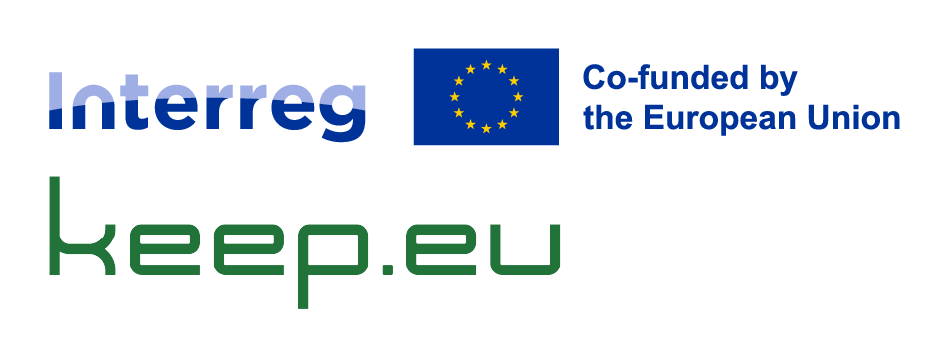Partner. What is it?
Partners are the organisations that work to deliver projects financed by programmes. Partners are also known as beneficiaries. There can be many types of partners in a project, such as lead partners, regular project partners, associate partners, and observers. In principle, keep.eu’s database only contains two types of parters: Project lead partners (called lead partners) and regular project partners (project partners).
Name and country define a partner in keep.eu
Partners in keep.eu are defined by their name and their country. Hence, should there be a partner named Keep from Finland, it would be unique. However, it would be possible to have this very same partner in the database and a different one also called Keep but from Spain.
A different matter is the definition of unique partners. This has proven extremely difficult, mainly for two reasons.
First and foremost, partners can be called differently in different projects. This is easy to understand with the names of universities, especially those that became countries’ institutions. ‘University of Turku’, just to pick a random example, can be the name that the programmes financing a project with partner University of Turku send to keep.eu. Other programmes may report ‘Turun yliopisto’.
Secondly, still within the scope of the difficulty to come up with unique partners, it is difficult to define identities, especially with so many different programmes contributing to keep.eu. In some projects, there may be a partner called University of Turku, in others it may be the School of Economics of the University of Turku.
To work around this, Interact came up with the concept of partnership.
